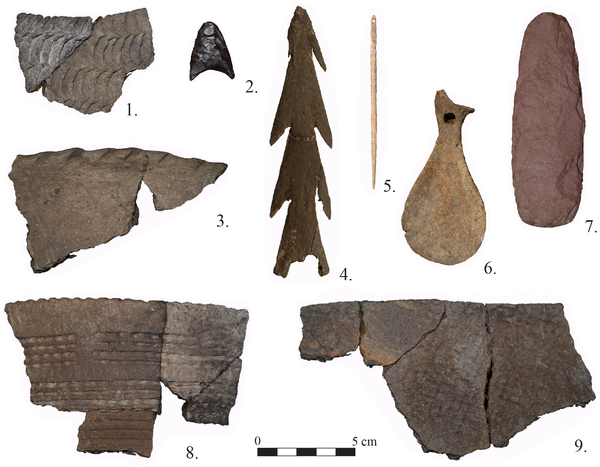Dr. Nomokonova paper published in PLOS ONE
July 23, 2015
Congratulations to Dr. Nomokonova, BHAP team member, who had her paper published in PLOS ONE!
Co-authors are BHAP team members Drs. Robert Losey, Olga I. Goriunova, Alexei G. Novikov and Andrzej Weber.
Title: "A 9,000 Year History of Seal Hunting on Lake Baikal, Siberia: The Zooarchaeology of Sagan-Zaba II"
Abstract: Sagan-Zaba II, a habitation site on the shore of Siberia's Lake Baikal, contains a record of seal hunting that spans much of the Holocene, making it one of the longest histories of seal use in North Asia. Zooarchaeological analyses of the 16,000 Baikal seal remains from this well-dated site clearly show that sealing began here at least 9000 calendar years ago. The use of these animals at Sagan-Zaba appears to have peaked in the Middle Holocene, when foragers used the site as a spring hunting and processing location for yearling and juvenile seals taken on the lake ice. After 4800 years ago, seal use declined at the site, while the relative importance of ungulate hunting and fishing increased. Pastoralists began occupying Sagan-Zaba at some point during the Late Holocene, and these groups too utilized the lake's seals. Domesticated animals are increasingly common after about 2000 years ago, a pattern seen elsewhere in the region, but spring and some summer hunting of seals was still occurring. This use of seals by prehistoric herders mirrors patterns of seal use among the region's historic and modern groups. Overall, the data presented in the paper demonstrate that Lake Baikal witnessed thousands of years of human use of aquatic resources.
Link to article: http://journals.plos.org/plosone/article?id=10.1371/journal.pone.0128314

Examples of artifacts found at Sagan-Zaba II. Numbers 1 and 3 are from Late Holocene layers IIIB-I; 2, 5, and 7 are from Middle Holocene layers V-IV; 4 and 9 are from Early to Middle Holocene layers VII-VI (photographs by T. Nomokonova).
Congratulations to the authors!